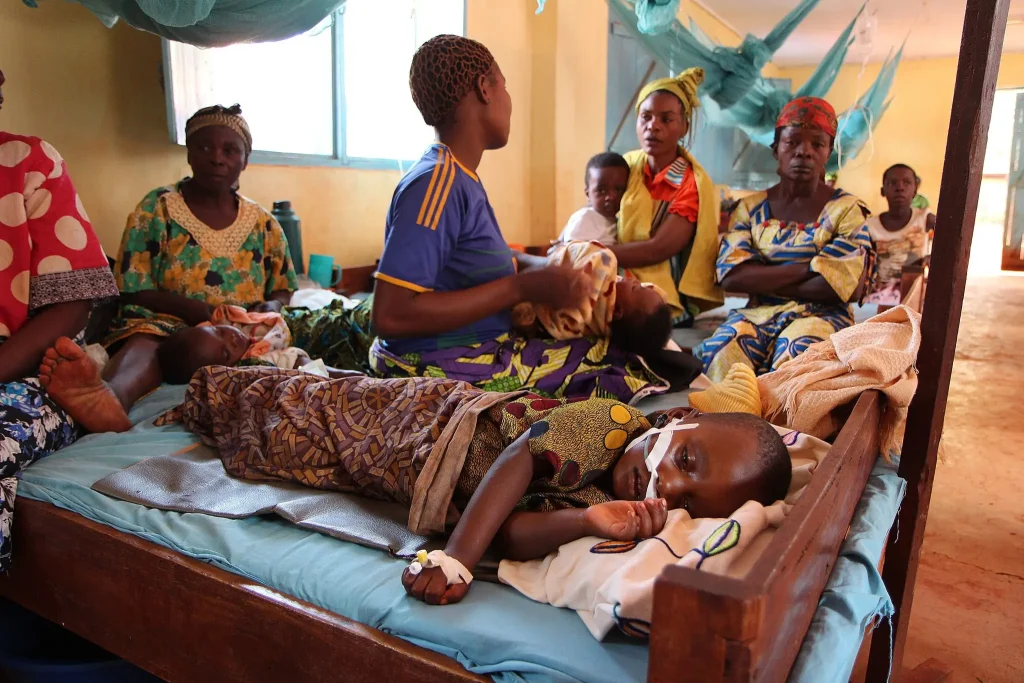Zimbabwe has reported a dramatic increase in malaria-related deaths during the peak transmission period of 2025, with 317 fatalities recorded between the first and twenty-third weeks of the year. The figure represents a sixfold rise compared to the same period in 2024, when 51 deaths were reported, according to data released by the Ministry of Health and Child Care.
Health authorities have linked the surge to unusually high rainfall received across various regions this year, which created ideal conditions for mosquito breeding. The wet conditions, combined with fluctuating temperatures, are said to have contributed to the rise in both mosquito population and malaria transmission rates.
Between week 1 and week 23 of 2025, Zimbabwe documented 126 malaria outbreaks. While the majority—121—were successfully contained, five outbreaks remain active, posing continued risk to communities, particularly in rural and hard-to-reach areas.
The ministry explained that a recent decline in new infections is largely attributed to the onset of winter, as cooler temperatures and reduced humidity restrict mosquito breeding. However, the sharp rise earlier in the year is believed to have been driven not only by environmental conditions but also by increased human activity outdoors. Economic pursuits such as artisanal mining, tobacco curing, subsistence farming, and cross-border trading contributed to greater human exposure to mosquito bites, especially during evening hours when mosquitoes are most active.
This combination of environmental and behavioral factors led to a jump in total malaria cases, which rose from 29,085 in 2024 to 111,998 in 2025. The corresponding rise in deaths has raised concern among public health officials, who note that delayed access to treatment—especially in remote regions lacking adequate healthcare infrastructure—has been a major contributing factor to the mortality rate.
Geographically, the disease continues to affect rural areas most severely. Mashonaland Central, Manicaland, and Mashonaland West provinces reported the highest concentration of infections and fatalities. Urban centers such as Harare and Bulawayo, though not primary hotspots, also registered cases—685 and 67 respectively—mostly due to referrals and severe complications.
In response to the escalating situation, the Ministry of Health has intensified its public awareness campaign, urging all citizens, particularly those in high-risk zones, to adopt comprehensive preventive measures. These include wearing long-sleeved clothing when outdoors between dusk and dawn, using mosquito repellents, ensuring that living spaces are treated with Indoor Residual Spraying (IRS), and sleeping under Insecticide-Treated Nets (ITNs) every night.
The government has also stressed the importance of early diagnosis and treatment, advising individuals who develop symptoms to seek care within 24 hours from either a Village Health Worker or the nearest health facility. Prompt treatment, they noted, is key to preventing severe malaria and reducing the risk of death.
As climate patterns shift and outdoor economic activity continues to expand, health authorities are calling for a stronger national response to malaria prevention, surveillance, and healthcare access to curb future outbreaks and save lives.



